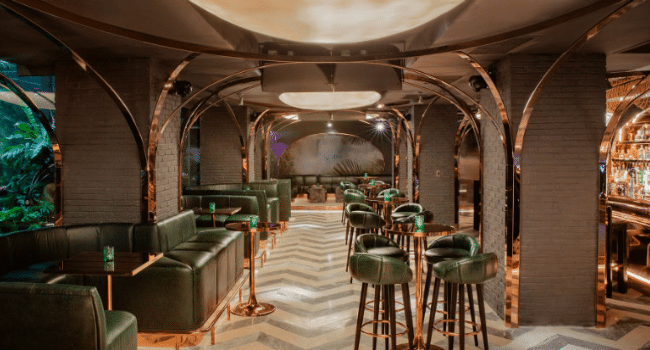Table of Contents
Throughout the ages, society has developed chairs as a design object. As in every scenario with aesthetics, especially when technology plays its role, we have seen significant evolution through an ordinary product. This article summarizes chair design evolution, from simple stools in ancient cultures to today’s sophisticated ergonomic ones.
THE 18TH CENTURY: ROCOCO TO NEOCLASSICISM
In the 18th Century, the gentler, unusual Ornate style supplanted the terrific Extravagant. Extravagant seats were lighter and richer, with awry shapes, bent backs, and cabriole legs. The abundant pastel colors and floral tiles reported in the project photo gave a feeling of fineness and an element of fantasy.
The backlash came in the latter part of the Century when Neoclassical sensibilities were derived from classical art and architecture. Architects like George Hepplewhite and Thomas Sheraton designed chairs emphasizing symmetry, less ornamentation, and quite plain lines. Mahogany and satinwood were standard, with sensitive ornamentation given by decorations of fine facades.
THE 19TH CENTURY: INDUSTRIAL REVOLUTION
The Modern Upheaval made massive changes restaurant chairs plan, with large-scale manufacturing making furniture more reasonable for the working class. Even cast iron and steam-bent wood rendered it more accessible for developing new forms or patterns. The Thonet chair, created by Michael Thonet, revolutionized the industry because of its low price, ability to be made in great numbers, and durability and strength due to revolutionizing lightweight.
The throne in the Victorian era was an orgy of eclecticism and revivalism. Reproductions and revivals of chair styles from various historical eras were made in enormous quantities. Monstrous Victorian chairs were characterized bycharacterizedery, intricate carvings, and a blend of Gothic-Rococo-Renaissance styles.
THE 20TH CENTURY: MODERNISM AND BEYOND
The 20th Century would see sensational changes in the style and innovation of seat plans because of pioneer sensibilities and specialized propels. Bauhaus concepts were particularly popular with figures like Walter Gropius, who opened a school bearing the same name, emphasizing utili-emphasized lines well suited to giving art an industrial purpose. Fans of Bauhaus-style chairs like Marcel Breuer created the minimalist look that cemented tubular steel as a common material in contrast to strictly utilitarian purposes.
Another example of a transformation in chair design can be seen in the mid-century modern movement led by designers such as Arne Jacobsen, Eero Saarinen, Charles, and Ray Eames. They reinvented the classic chair, mixing form and function with new materials like molded plywood (Charles & Rae Eames), fiberglass (Eero Saarinen), and plastic. The “Eames Parlor Seat,” with its comfortable cushioning and ergonomic shape, stays a current class.
THE 21ST CENTURY: ERGONOMICS AND SUSTAINABILITY
The format of seats has changed little in the twenty-first Century, zeroing in on maintainability and ergonomics. With individuals spending more time sitting at work and at home, ergonomic design has emerged as critical. Chairs, such as the Herman Miller Aeron Chair, can lower the danger of musculoskeletal troubles by helping the spine’s natural curve and inspiring proper posture.
Designing chairs now has to consider sustainability. To reduce the environmental impact of their creations, designers are increasingly using environmentally pleasant substances and production techniques. Contemporary chair designs include biodegradable materials, recycled plastics, and wood sourced responsibly. One hundred eleven recycled Coca-Cola bottles have been used to create the “Emeco 111 Navy Chair,” which illustrates how sustainability and layout coexist.
CONCLUSION
The way chairs have evolved is a tribute to how innovative and adaptive people may be. Chairs have advanced to mirror aesthetic, technical, and cultural adjustments and serve as an area to sit, from the easy stools of antiquity to the complicated ergonomic designs of nowadays.
Chair layout will probably keep to exchange due to lifestyle changes, technological improvements, and a growing consciousness of environmental sustainability. The future chairs will undoubtedly increase the rich tradition of their predecessors, blending shape, function, and beauty in ever extra complicated ways, whether or not via new substances, new manufacturing methods, or a renewed attention on user comfort.
Read More on KulFiy
